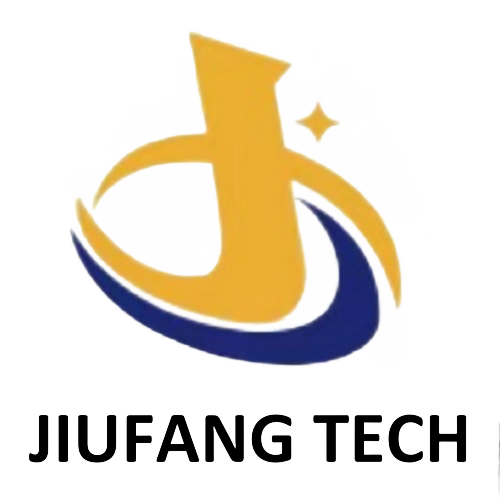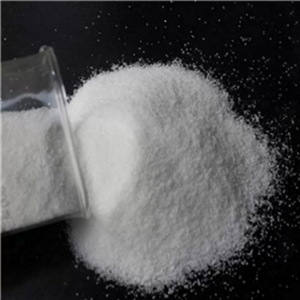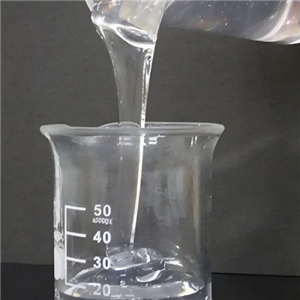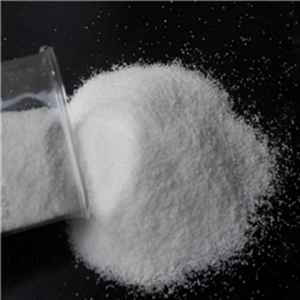The produced fluid is initially mostly a W/O type emulsion. Why is a reverse demulsifier still used?
Although the produced fluid is initially mostly a W/O type emulsion, a reverse demulsifier/deoiler is still used. Based on the reverse demulsifier function, the main reasons are as follows:
1. Improving the oil-water separation effect: In the process of petroleum exploitation and production or in the production of refineries, relying only on the physical properties of the produced fluid to achieve oil-water separation often has poor results. Even if it is initially a W/O type emulsion, the oil phase and water phase in it may be combined relatively tightly and it is difficult to completely separate the water from the oil by conventional methods. The reverse demulsifier/deoiler can significantly reduce the tension at the oil-water interface in the emulsion, making the originally stable emulsion system unstable and promoting the aggregation and coalescence of oil droplets, thereby achieving oil-water separation more effectively and improving the purity and quality of crude oil.
2. In addition to crude oil and water, the produced fluid often contains impurities such as asphaltenes, resins and solid particles. These impurities can enhance the stability of the emulsion, making the oil-water separation more difficult. The reverse demulsifier for oily wastewater can interact with these impurities and destroy their combination with the oil phase or water phase, thereby helping to achieve oil-water separation. For example, natural emulsifiers such as asphaltenes and resins form a protective film on the surface of oil droplets, hindering the aggregation and separation of oil droplets. The reverse demulsifier for oily wastewater can destroy this protective film, making the oil droplets coalesce more easily.
3. Meeting the requirements of subsequent processing techniques: The crude oil after exploitation and preliminary treatment needs to reach a certain water content standard before it can be transported or further processed. Using a reverse demulsifier/deoiler can separate most of the water in the produced fluid and reduce the water content of the crude oil to the required level. If the water content in the crude oil is too high, it will not only increase the cost of transportation and storage but also have adverse effects on the subsequent processing process, such as reducing the efficiency of refining equipment and increasing energy consumption.
4. Quality requirements of reinjected water: In the process of oilfield development, in order to maintain formation pressure and improve the recovery rate of crude oil, the treated water needs to be reinjected underground. The quality requirements of reinjected water are relatively high and the oil content, suspended solids content, etc. need to be controlled within a certain range. The reverse demulsifier application can remove the oil and other impurities in the produced fluid to make the treated water meet the standards of reinjected water and avoid pollution and damage to the formation.
5. Adapting to the change in the properties of the produced fluid: With the progress of oilfield exploitation, the properties of the produced fluid may change. For example, as the water cut continuously increases, the W/O type emulsion may gradually transform into an O/W type emulsion or form a more complex multiple emulsion. The reverse demulsifier/deoiler has a certain demulsification effect on different types of emulsions and can adapt to this change in the properties of the produced fluid to ensure effective oil-water separation at different exploitation stages.
6. Dealing with unexpected situations: In the process of petroleum exploitation and production, some unexpected situations may occur, such as equipment failure and operation errors, which may lead to an intensified emulsification degree of the produced fluid or the formation of abnormal emulsions. The reverse demulsifier/deoiler can be used as an emergency treatment method to quickly and effectively break the emulsion and restore the normal progress of production.
Reverse demulsifier function and variety:
1.Polyether type reverse demulsifier
1). Product features: The molecular structure usually consists of hydrophilic polyoxyethylene segments and hydrophobic polyoxypropylene segments. By adjusting the ratio of these two segments, the hydrophilicity and lipophilicity of the demulsifier can be changed to adapt to different properties of oil-in-water emulsions. The reverse demulsifier/deoiler has good water solubility and can quickly diffuse and function in the aqueous phase. At the same time, it has a strong affinity for oil droplets and can effectively adsorb on the oil-water interface to reduce the interfacial tension.
2). Reverse demulsifier application: In the process of petroleum exploitation, it can be used to treat the oil-in-water emulsion in the produced fluid and improve the dehydration efficiency of crude oil. For example, in the treatment of the produced fluid in some high water-cut oilfields, the polyether type reverse demulsifier/deoiler can effectively separate the oil from the water and reduce the water content of the crude oil. In the treatment of industrial wastewater, it also has a good treatment effect on oil-in-water wastewater containing oil pollutants. It can remove the oil in the wastewater to make the wastewater meet the discharge standard.
2. Cationic reverse demulsifier/deoiler
1). Product features: The molecule contains positive charge groups, such as quaternary ammonium salt groups. These positive charge groups can interact with the negatively charged oil droplets or emulsifiers in the oil-in-water emulsion and destroy the stability of the emulsion through charge neutralization. Usually, it has a strong flocculation ability and can make the oil droplets quickly aggregate to form larger flocs, thereby accelerating the process of oil-water separation.
2). Reverse demulsifier application scenarios: In the wastewater treatment of oilfields, the cationic reverse demulsifier application can effectively remove the emulsified oil in the water and improve the water quality. Especially for those emulsion systems containing a large amount of anionic emulsifiers, the effect is more significant. In the wastewater treatment of some metal processing industries, cationic reverse demulsifier/deoiler is also often used to treat the wastewater containing cutting oil and emulsions.
3. Polymer type reverse demulsifier/deoiler
1). Product features: Usually composed of polymer molecules with specific structures, such as acrylate polymers and polyacrylamide polymers. These polymers have a high molecular weight and complex molecular structure and can achieve reverse demulsification through multiple mechanisms. It has good adsorption performance and bridging effect. The polymer type reverse demulsifier/deoiler can form an adsorption layer on the surface of the oil droplets, change the surface properties of the oil droplets and at the same time connect multiple oil droplets together through the bridging effect of the molecular chain to promote the coalescence of the oil droplets.
2). Reverse demulsifier application scenarios: In the wastewater treatment of the petrochemical industry, the polymer type reverse demulsifier/deoiler can treat wastewater containing complex organic substances and oil pollutants. For some difficult-to-treat high-concentration and high-stability oil-in-water emulsions, it has a good demulsification effect. In the wastewater treatment of industries such as printing and dyeing and papermaking, polymer type reverse demulsifier/deoiler can also be used to remove the oil and color in the wastewater and improve the biodegradability of the wastewater. ![]()
![]()




